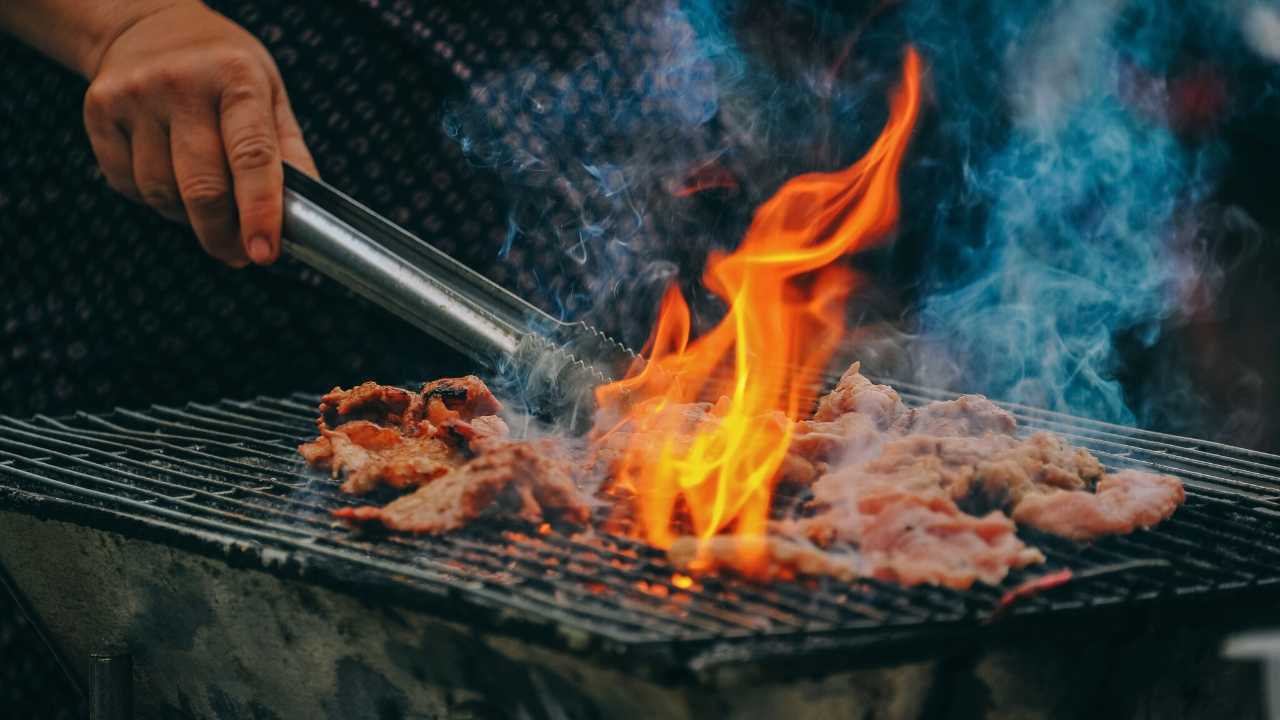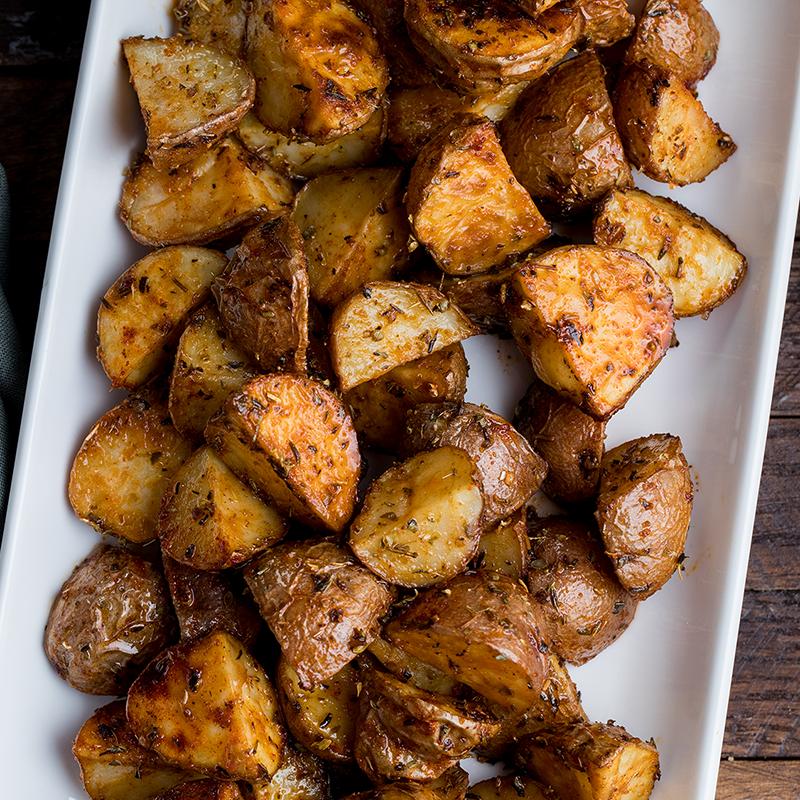
Learn how to smoke cheese to enhance its flavor. This is a wonderful way to experiment with different flavors. First, slice your cheese in small pieces. This will ensure that the surface area is exposed to more smoke. Your smoker or grill should be kept at a lower temperature (between 90 and 32 degrees Fahrenheit). A smoke-probe thermometer is a good way to check that the cheese has been properly smoked.
A wood-fired smoker will produce the best results. Most wood-fired smokers use a charcoal or gas flame to produce smoke, which helps the cheese become moist. Use high-quality, nonsmoking wood to get the best results. Tin foil can be purchased at your local grocery shop. Just line the cake tin with it and allow the smoke to escape.

Cheese can be smoked for up to 2 hours. However, the more time you smoke it the better the flavor. It's important to use cold smoking methods when smoking cheese. The cheese will melt at temperatures greater than 90 degrees F. So the longer the smoking session, the better. A smoke-cured block is best at 80degF. You can control the temperature by using a thermometer in your smoker.
When smoking cheese, use a wood pellet smoker. This smoker produces a continuous stream of smoke and takes a while to complete the task. After the cheese is smoked, you can vacuum seal it or place it in the refrigerator. Depending on the wood used, the cheese may last up to two weeks. Once the cheese has been smoked, it is ready to be enjoyed! It's now time to enjoy the cheese once it has cooled.
An ice tray can be used to smoke cheese. To smoke cheese, use an ice tray or an aluminum pan. You should place the cheese on a wire rack, or on a board. The grate helps to keep the cheese from melted. It can be stored in the refrigerator up to 2 days. Then, vacuum seal it to keep it fresh. Your cheese is ready to be served after this time. It will be irresistible

It is crucial to allow your cheese to smoke for several hours before you prepare it. This will allow smoke to create the perfect flavor and allow cheese to breathe. After you have smoked the cheese, ensure that you turn it over at least once every 30 to 40 minutes. You should set the cheese at 85 to 90°F. However, you should maintain the temperature at 60°F. If you want a mild smoky taste, it will take about two hours. A more intense smoky flavor will take up to three to four hours.
FAQ
What equipment do I need to cook?
To learn to cook, you don’t need to have any special equipment. However, the right tools can make it easier to cook. A knife can be used instead of a fork when making pasta, or a whisk could be used to whip up stiff egg whites. The right tools make cooking easier and faster.
What Are the Requirements To Be a Chef?
You must hold a bachelor's in culinary arts to be a chef. A series of tests administered to you by the ACF will also be required. A certificate will verify your qualifications once you have met all of these requirements.
What skills will I need to be able to go to culinary school?
You will need to know how to cook, understand food safety regulations, and be able work under pressure in order to become a chef. Cooking classes can be taken at high schools and community colleges to learn the basics of cooking. Once you have learned the basics of cooking, it is time to look for work at a restaurant.
What is the cost of a culinary school?
The cost of a culinary school depends on where you are, how much you study, and what program or course you choose. Tuition costs range from $10,000 to $30,000. Students graduate with approximately $20,000 of debt. Some programs offer work-study, grants, scholarships and grants.
Statistics
- According to the BLS, chefs earn $58,740 a year. (learnhowtobecome.org)
- The median pay for a chef or head cook is $53,380 per year or $25.66/hour, according to the U.S. Bureau of Labor Statistics (BLS). (learnhowtobecome.org)
- In the United States, the category is estimated at $23.2 billion annually and is growing faster than the market. (washingtonpost.com)
External Links
How To
How to make the perfect omelet
Omelets are my favorite breakfast dish. But how do you make them perfectly? I've tried many recipes and different methods but none have worked. I have some tips and tricks to help you make delicious, fluffy omelets every single morning.
We should first know that eggs are very temperamental ingredients when making omelets. The eggs must be fresh from an organic source and kept at room temperature until they are ready to be cooked. The yolks and whites will not form properly if they aren't kept cold enough. This causes your omelets to look oddly colored. If you want to make omelets right away, it's best not to use eggs that are too cold.
Another tip is to separate the egg before adding it to the pan. It is important not to allow any white to mix with the yolk as this could lead to the omelet becoming curdled.
You might burn the bottom of the egg if you place the egg directly on the stovetop. This could ruin the texture of your omelet. Instead, heat the egg for 10 seconds in the microwave before placing it in the pan. The microwave heat cooks the eggs just right without overcooking them.
Next, let us talk about how to mix the eggs. Mixing eggs together is important. You need to beat them well. You can do this by turning the bowl of your mixer upside down. Then, vigorously shake the bowl. This allows the air to be whipped and the egg to be mixed thoroughly.
Now comes the fun part - pouring the milk into the mixture. Pour half the milk into the beaten egg mixture and then fold in the eggs. You don't need to worry if streaks remain. They will disappear once you flip your omelet.
After folding the eggs fold the pan onto medium heat. When the oil starts to hot, wait for the pan to cook. Once the oil starts getting hot, add 1/4 cup of butter to the pan and swirl it around to coat the entire surface of the pan. Next, carefully open the lid and sprinkle salt into your pan. Salt will prevent the omelet sticking to the pan.
Cover the pan once the omelet is formed and allow it to cool completely. Flip the omelet over using a spatula or flip the pan upside down. Cook the second side for a minute or so. Take out the omelet and place it in a bowl.
This recipe is best when used with whole milk. But, you can use skimmed milk as well.